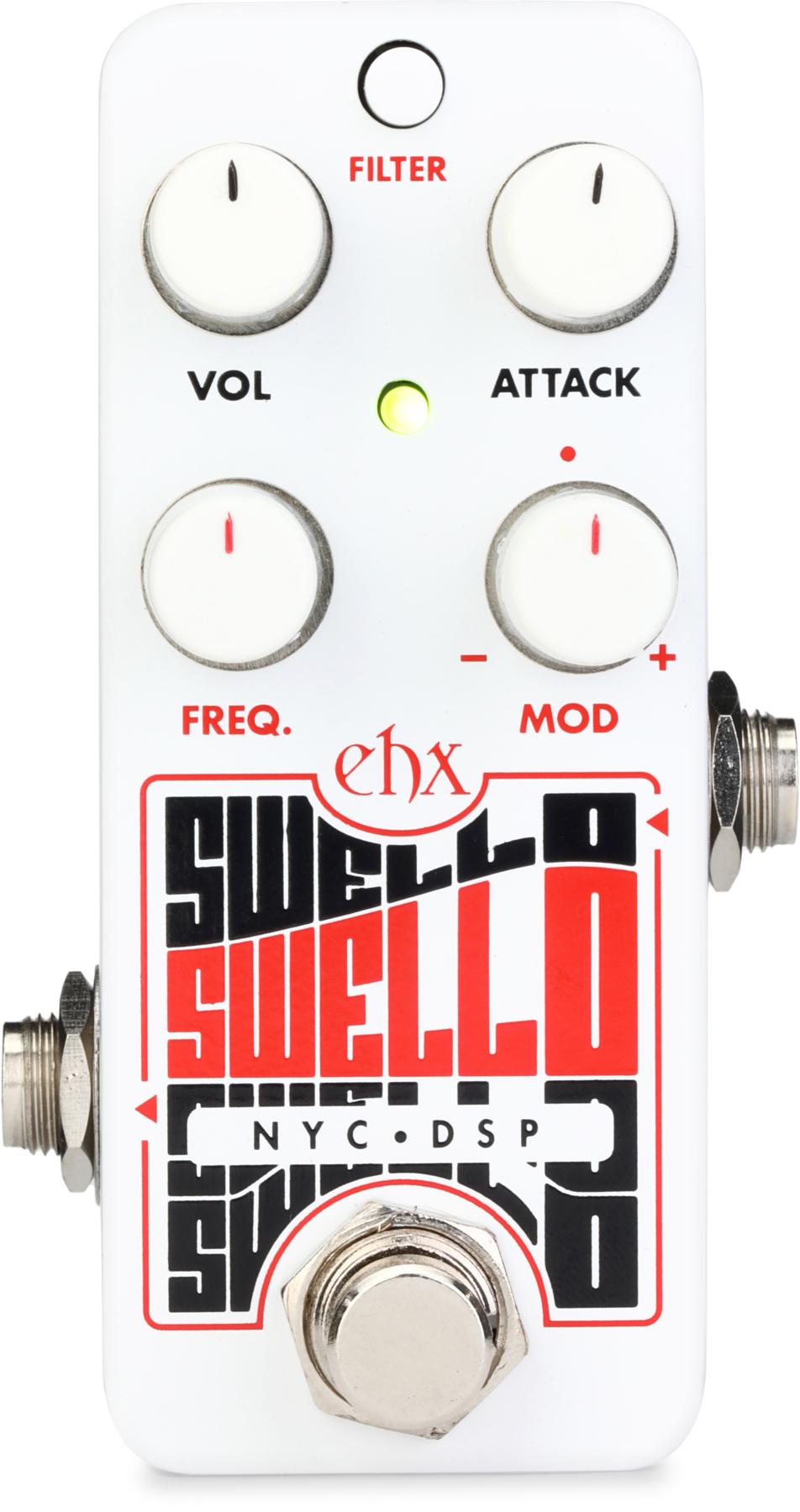Amazon Prime Day is here (July 16-17). Whether you're a veteran player or just picking up your first guitar, these are some bargains you don't want to miss. Check out more deals here! https://amzn.to/3LskPRV
Line 6 Catalyst, Black, 60-Watt, 1x12

First, the Line 6 Catalyst 60-Watt 1x12 Combo Amplifier for $299.99 is a solid pick. It offers versatile tones and is built to handle anything from clean jazz to heavy rock.
MOOER SD30i Practice Guitar Amp Portable Smart Amplifier

For those who enjoy practicing on the go, the MOOER Practice Portable Intelligent Bluetooth Guitar Amplifier at $109.99 offers Bluetooth connectivity, so you can jam wherever you are.
Pyle Multi-Guitar Stand 7 Slot Display Rack

A reliable stand is a must, and the Pyle Guitar Stand at just $30.99 is both sturdy and foldable.
Positive Grid Spark MINI 10W Portable Smart Guitar Amp & Bluetooth Speaker

If you need a portable speaker, the Positive Grid Portable Bluetooth Speaker for $183 packs a punch despite its compact size, making it great for practice sessions and small gigs.
AeroBand Guitar Smart Guitar

For beginners or those looking to try something different, the Stringless Removable Fretboard Guitar for Beginners and Teenagers is a unique, user-friendly option. Designed for learning the basics without the intimidation of traditional strings.
D'addario Nickel Wound Electric Guitar Strings
Beyond Amazon, there are some fantastic deals from other retailers. Sweetwater has the D’Addario EXL110 Regular Light Nickel Wound Electric Strings 10-Pack for $38.49.
PRS Sonzera 20 20-watt 1 x 12-inch Tube Combo Amp
The PRS Sonzera 20 20-Watt 1x12-Inch Tube Combo at $1,099.00 offers those rich, warm tube tones. For a limited time, you can buy any PRS amplifier, and get a free PRS pedal of your choice, a $349.00 value.
Fender American Ultra Stratocaster Maple Fingerboard Electric Guitar Cobra Blue

The Fender American Ultra Stratocaster with a Maple Fingerboard in Cobra Blue at $1,979.99 is a bit pricier but worth every penny for its playability and tone.
Squier Classic Vibe '70s Jaguar Limited-Edition Electric Guitar Daphne Blue

At Guitar Center, the Squier Classic Vibe ‘70s Jaguar Limited Edition Electric Guitar in Daphne Blue for $349.99 is a steal.
Boss DM-101 Delay Machine Pedal

Finally, for pedal enthusiasts, the Boss DM-101 Delay Machine Pedal at $449.99 from ProAudioStar is a must-have. It's a versatile pedal that can add a whole new dimension to your sound
So, whether you’re looking to upgrade your rig or just starting out, these deals are too good to pass up. Happy playing!




















